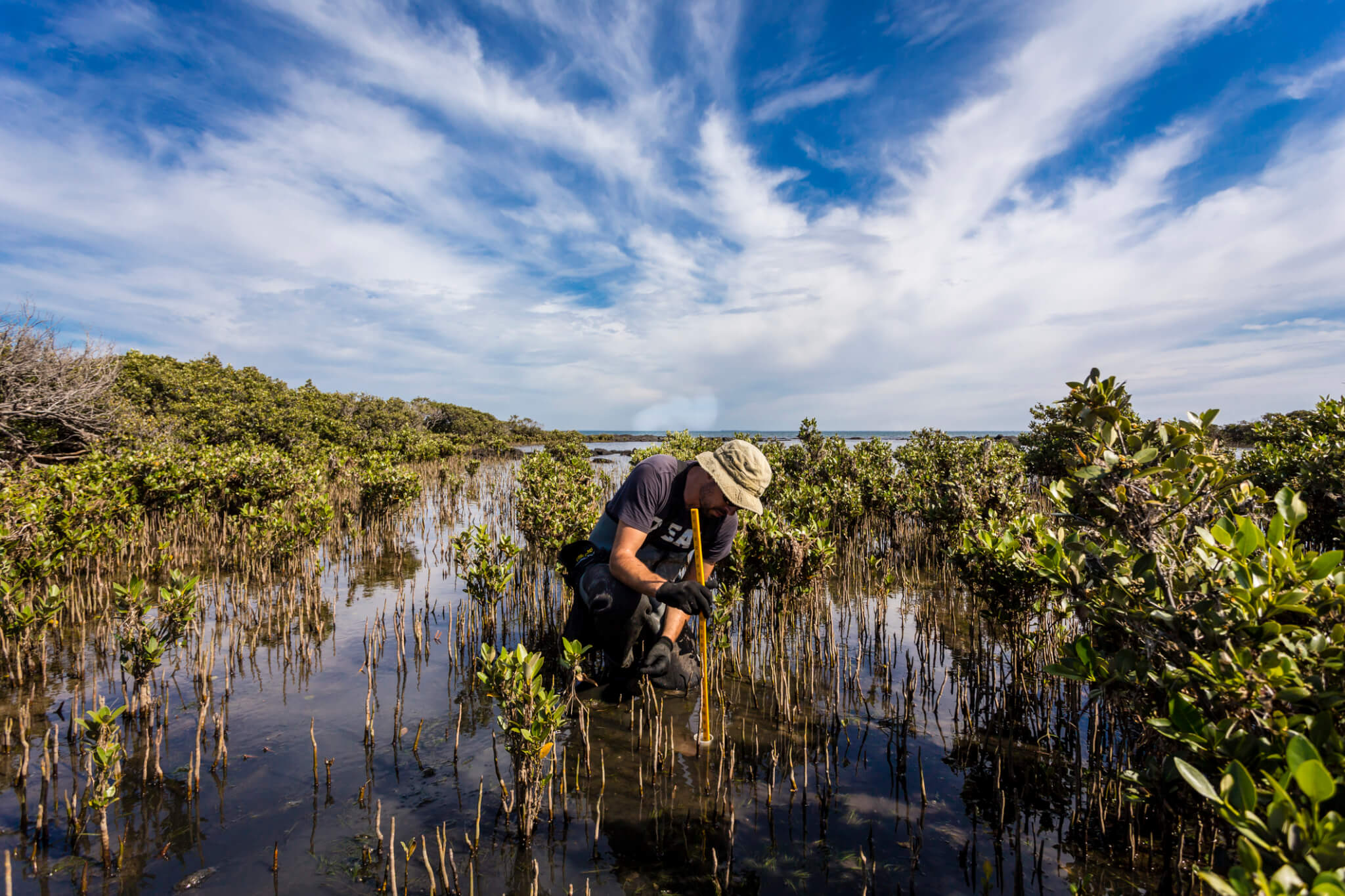Adapting to climate impacts and building resilience amid a rapidly changing environment is no longer optional. It is essential to saving lives and securing a stable, prosperous future. We support collaborative and catalytic philanthropy to help communities and institutions anticipate, reduce, and respond to climate risks.
The challenge
The climate crisis is already here—and it’s accelerating faster than many communities can respond. In 2024, global temperatures breached the 1.5° C threshold for the first time, and climate-related disasters internally displaced at least 45.8 million people, the highest figure on record. These escalating shocks are disrupting daily life and undermining long-term stability, damaging the systems that keep societies functioning: roads, power grids, homes, supply chains, food systems, fresh water, and public health infrastructure.
The cost of inaction is mounting. Between 32 and 132 million people could fall into extreme poverty in 2030 due to the impacts of climate change, at least seven million premature deaths are linked to air pollution annually, and disasters such as hurricanes, floods, and wildfires caused an estimated USD 299 billion in economic losses in 2022 alone. Yet adaptation remains one of the most underfunded areas of climate action. Despite an annual gap of up to USD 359 billion, less than 10% of global climate finance supports adaptation, and only a fraction focuses on local communities.
Local leaders and communities are responding with ingenuity and urgency, but too often, they lack the tools, long-term financing, or strategies to protect their people from rising hazards.
Philanthropy can help change that—but only if it acts with greater coordination, ambition, and alignment with those already driving solutions on the ground.
The opportunity
The adaptation funding gap presents serious risks—but also a powerful opportunity to act.
Across West African coasts, Latin American highlands, and Southeast Asian cities, local leaders, grassroots organizations, and municipal institutions are designing solutions that reflect their lived realities—from early warning systems to resilient infrastructure and community-designed cooling strategies. However, climate risks are accelerating, and these communities need more support to keep pace.
Now is the time for funders to double down: to scale what’s working, fill critical gaps, and strengthen the systems that protect lives and livelihoods.
Momentum is building. Funders across issue areas—climate, food security, public health, and more—are aligning strategies, sharing learning, and acting more collectively on adaptation and resilience. Philanthropy is well-positioned to support and accelerate this work. Its flexibility is its superpower: Philanthropy can invest early, de-risk innovation, and strengthen systems that can unlock broader flows of public and private capital.When done right, adaptation not only prevents the worst outcomes; it sets the table for a stable future. Every $1 invested in adaptation can generate more than $10 in long-term economic and social benefits, an estimated 20-27% rate of return. Adaptation is a path to stronger infrastructure, healthier communities, and more stable economies in a changing climate.
Our approach
Our strategy is anchored in three pillars that work together to drive smarter, more coordinated adaptation philanthropy:
Aligning funders through the Adaptation and Resilience Collaborative (ARC)
ARC brings together more than 50 philanthropic institutions from around the world, working across issue areas, to coordinate strategies, share learning, and accelerate collective impact.
Deploying catalytic grantmaking through the Adaptation and Resilience Fund (A+R Fund)
The A+R Fund supports people-centered solutions that reduce climate risk, strengthen local systems, and unlock broader flows of capital.
Tracking philanthropic funding for adaptation and resilience
Our annual funding landscape analysis maps philanthropic investments in adaptation and resilience, identifies critical funding gaps, and helps funders direct resources where they’re needed most.
Together, these pillars advance a more connected, data-informed, and effective approach to climate adaptation.
Our impact
These are the outcomes we’re working towards:


